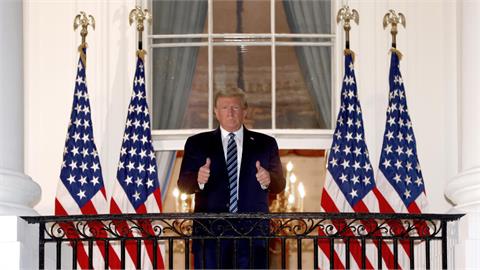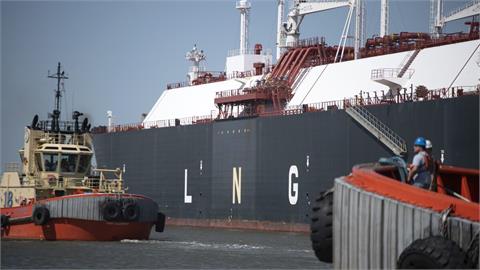The agency, which coordinates energy policies of industrial nations, raised its 2017 global oil demand growth estimate to 1.6 million barrels per day (bpd) from 1.5 million bpd.
"OECD demand growth continues to be stronger than expected, particularly in Europe and the U.S.,” the Paris-based IEA said.
"Based on recent bets made by investors, expectations are that markets are tightening and that prices will rise, albeit very modestly,” the IEA said.
Robust demand in industrialised countries was a key factor behind global demand growing 2.3 million bpd in the second quarter, the highest quarterly year-on-year rise since mid-2015.
On the supply side, global oil output fell by 0.72 million bpd in August due to unplanned outages and scheduled maintenance in OPEC member Libya as well as non-OPEC states such as Russia, Kazakhstan, Azerbaijan and Mexico, as well as in the North Sea.
It was the first fall in global production in four months.
OPEC’s crude output fell in August for the first time in five months on renewed turmoil in Libya, with the cartel’s production decreasing by 0.21 million bpd to 32.67 million bpd.
The 12 members of OPEC bound by a supply-cutting pact raised their compliance to 82 percent in August from 75 percent in July. Their compliance for the year so far was 86 percent.
As a result of output declines and stronger demand, global oil stocks are beginning to rebalance, according to the IEA.
"OECD commercial stocks were unchanged in July at 3.016 billion barrels, when they normally increase,” the IEA said.
The global surplus of crude and stocks over the five-year average fell to 190 million barrels.
OPEC cut its output in January 2017 by 1.8 million bpd to help inventories return to a 5-year average and prop up prices.
"OECD product stocks were only 35 million barrels above the five-year average at end-July,” the IEA said.
REBALANCING
"Depending on the pace of recovery for the U.S. refining industry post-Harvey, very soon OECD product stocks could fall to, or even below, the five-year level,” it said referring to Hurricane Harvey which hit the United States two weeks ago.
With ongoing rebalancing, the IEA raised its call on OPEC’s oil by 0.1 million bpd for both 2017 and 2018.
For this year, the IEA sees the need for OPEC crude at 32.7 million bpd, in line with the current production. For 2018, the world will need 32.4 million bpd of crude from OPEC.
The IEA also said the impact from Hurricane Harvey on U.S. oil markets in the Gulf Coast was easing and its impact on global markets was likely to be relatively short-lived, although it would possibly help inventories rebalance more quickly.
The IEA revised down the global refinery throughput forecast for the third quarter of 2017 by 0.7 million bpd due to Harvey.
"This results in global refined product undersupply for the second consecutive quarter,” the IEA said.
Longer term, the United States should strengthen its energy security to address events, such as hurricanes, by potentially adding oil products to government-held inventories, the IEA said.
"With U.S. export
volumes expected to increase, the strategic importance of the Gulf Coast
will only grow. The rise of the Gulf Coast as a major energy hub means
that, in some respects, it can be compared to the Strait of Hormuz in
that normal operations are too important to fail,” the IEA said.
(Reuters)



